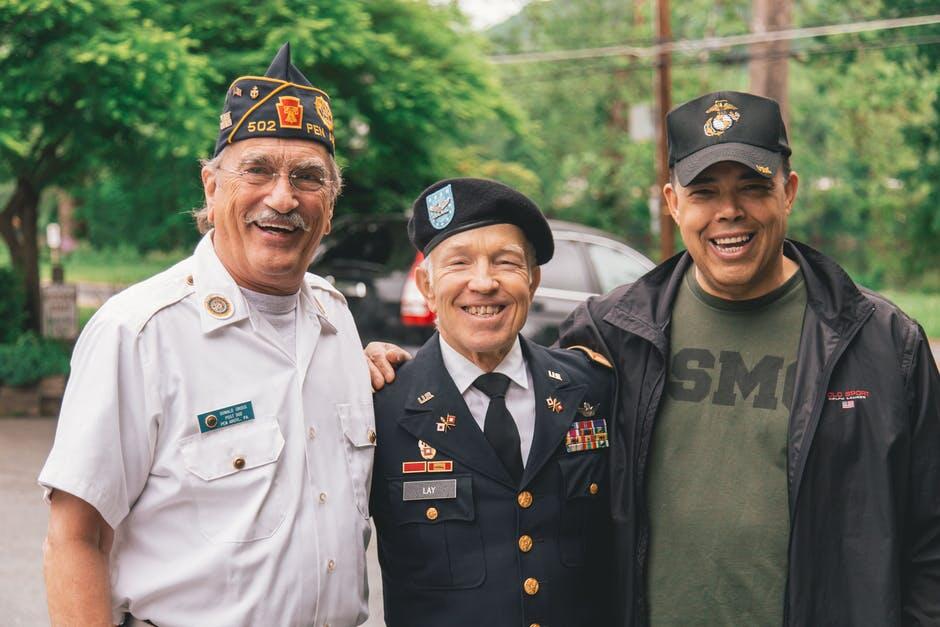Discovering the ideal senior living community is simplified with tailored guidance. Assessing amenities, services, and location suitability ensures a comfortable and fulfilling lifestyle. Researching diverse options and seeking expert advice facilitate informed decisions, ensuring seniors find the perfect community to meet their needs and preferences.
Introduction to Senior Living Options
Choosing the right senior living community is a pivotal decision. It requires balancing various factors to ensure the environment meets your loved one’s needs and preferences. With so many options available, understanding the differences can make the process smoother.
Many people find that senior living apartments offer a perfect blend of independence and support, making them a popular choice for aging adults and their families. These communities provide a vital mix of social interaction, safety, and care, which aid in enhancing the quality of life for seniors.
This detailed manual will help you understand the different kinds of senior living establishments, essential factors to remember, and procedures to follow when exploring possible communities. We’ll also discuss how important it is to get feedback and include family members in decision-making. By arming yourself with this information, you can make an educated decision that best fits your loved one’s needs and lifestyle.
Different Types of Senior Living Communities
Understanding the various types of senior living communities is the first step in making an informed decision. Each kind caters to the particular requirements of elders and offers a different set of amenities and care levels.
- Independent Living: This option is ideal for seniors still active and self-sufficient but prefer a lifestyle free from home maintenance. These communities often feature a range of recreational activities, social gatherings, and dining options, enabling seniors to lead a vibrant life without the hassle of upkeep and chores.
- Assisted Living: Suitable for seniors who need assistance with daily activities but wish to maintain independence in a supportive setting. Assisted living facilities help with bathing, dressing, and medication management tasks while offering a community-oriented lifestyle filled with social activities and events.
- Memory Care: Tailored care for individuals with dementia, such as Alzheimer’s. Memory care facilities are designed to provide a safe environment and specialized care that addresses the unique needs of residents with memory impairments.
- Nursing Homes: Offer extensive medical care and assistance for seniors with significant health issues. These facilities have 24-hour nursing care, rehabilitation services, and medical support to help residents manage complex health conditions.
Factors to Consider When Choosing a Community
A few essential considerations should influence your choice of senior living community. These aspects will ensure that the selected community aligns well with your loved one’s needs and lifestyle preferences.
- Location: Proximity to family, friends, and healthcare providers is crucial. A convenient location allows for regular visits from loved ones and easy access to necessary medical services, contributing to the resident’s overall well-being.
- Amenities: Identify what’s essential for your loved one, such as recreational activities, dining options, or fitness facilities. Access to enriching activities and well-rounded amenities can significantly enhance the quality of life by keeping residents active and engaged.
- Healthcare Services: Evaluate the availability and quality of healthcare and support services, including emergency care. Research indicates seniors are happier in communities where healthcare services are readily available. The presence of qualified healthcare professionals and emergency resources adds comfort and security.
Steps to Take When Visiting Potential Communities
Visiting potential senior living communities firsthand lets you gather important information and assess the environment. Here are some steps to ensure you make the most out of your visits:
- Schedule Tours: Visit multiple communities to understand the environment and culture. Pay attention to how you and your loved one are received, and observe the interactions between staff and residents.
- Meet the Staff: Interact with the caregivers and administrative staff to gauge their professionalism and warmth. Friendly, dedicated staff committed to resident well-being often create a more positive living experience.
- Observe Activities: Pay attention to the types of activities available and see if they align with your loved one’s interests. Engaging activities help keep seniors active, both physically and mentally.
- Check Cleanliness and Safety: Ensure the facility is clean, well-maintained, and safe. According to industry experts, a community’s cleanliness often reflects the quality of care provided. Look for safety features like grab bars, emergency call systems, and secure entrances.
Reading Reviews and Getting Feedback
Reviews can shed light on both past and present tenants’ experiences. Look for reviews online and consider asking the community for references. Speaking directly with residents and their families can offer valuable firsthand perspectives.
Visiting forums and review sites for senior living communities can provide additional insights. This step is crucial in painting a realistic picture of life in the chosen community. Seek out multiple sources to avoid biases and compile enough information to make an informed decision. Informed decisions often lead to greater satisfaction for both seniors and their families.
The Role of Family in the Decision Process
Engaging family members in decision-making can provide emotional support and diversified viewpoints. It’s essential to have open discussions about preferences and concerns from all parties involved to make a well-rounded decision. Multiple studies have shown that family involvement in senior living decisions can increase residents’ satisfaction rates.
This collaborative approach helps address concerns, but seniors have different perspectives that might be overlooked. Moreover, family members can provide moral support and help ease the transition for their loved ones, making the move to a senior living community less stressful and more positive.
Conclusion
Finding the perfect senior living community involves research, visits, and honest conversations. By considering significant elements and investigating different points of view, you can provide a supportive environment for your loved one.
Take your time making this critical decision, and don’t hesitate to seek additional resources and expert opinions. This systematic approach can assist you in locating a community where your loved one can flourish and live out their golden years, resulting in a more seamless and comforting transition for all parties.







